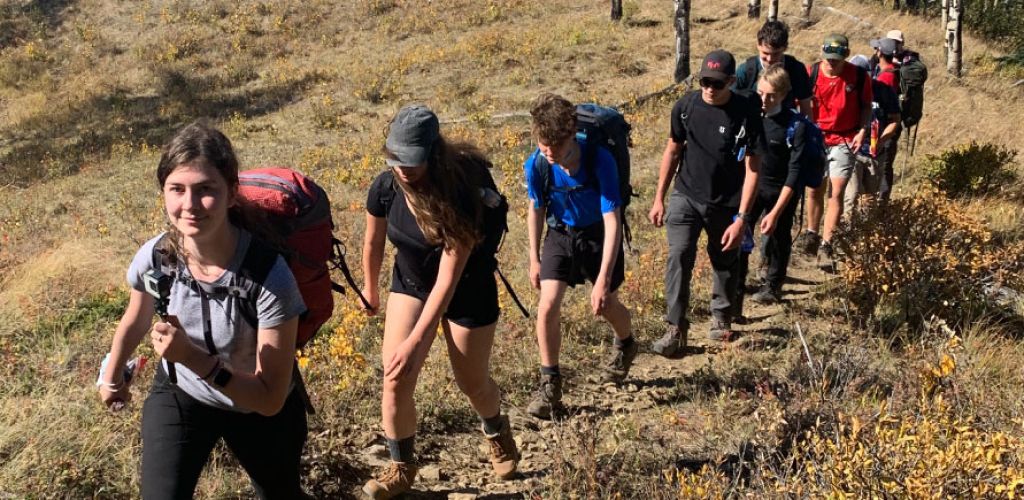By: Bruce Hendricks, former Director of Outdoor Education
As we ‘celebrate our past’ and engage in ‘creating our future’ we inevitably do so from the present vantage point. It is important not to miss the value of where we are at the moment (place), who we are here with (people), and what we are engaged in (experience).
When Sandy Heard envisioned the origins of the modern STS outdoor program in 1971 (as contrasted with the outdoor activities that occurred at the various founding schools), he said, “I didn’t really have a plan all the way along. I wanted it to happen and I had these wonderful people around me — the teachers and the Board — and I kept getting inspirational ideas from them… It became apparent that the OE program accomplished more than simply giving students confidence in their physical abilities, it carried over to their mental processes as well.”
Quality people, working toward a common vision, have always been the centerpiece of the Outdoor Education (OE) program at STS. In reading through trip reports from various 1970s excursions it is obvious how much things have changed, and yet how much they have stayed the same. Risk tolerance has definitely decreased, and the importance of safety has increased, as I would say it has across the board in outdoor programs. But, the profound imprint on students from experiences shared with peers and teachers has remained very much the same.
The last three COVID-impacted years have definitely tested our ability to ‘adapt and adjust’. Our campus, the campsites, trails, and pond, have all been used to a greater extent than previously. We, the people of the outdoor program, from across all departments and levels (Elementary, Middle, and Senior School faculty and staff, parents, and students) have been able to create programs to address similar outcomes as in ‘normal’ years by leveraging locations closer to home. If modeling is the most effective form of teaching, then we have not only been adapting programs, but we have also been ‘teaching’ students one of the key life skills we’re trying to help them develop; adaptability.
Right here, in the now, people are tired, stretched and, I hope, a little proud of what we have been able to create and what we have persevered through (another life skill). The sense of gratitude I feel for these people, places, and experiences is overwhelming to the point of tears sometimes. We’ve been through a lot together. It is a fabulous crew I have had the privilege to work with.
As we look to the future we stand on a strong foundation and a rich history, but nothing is ever guaranteed. We can always improve, refine, and get better, but we also acknowledge that where and who we are is worthy of celebrating. As we continue on the path we take the lessons learned through some hard and challenging times and look to applying those experiences to create the future. The values and purpose remain the same, but methods, locations, people, and parameters change.
The outdoor world provides an awe-inspiring, engaging and exacting place to ‘be in the now’. The experiences we have there can yield learning and significance far beyond the particular place, time, and group of people; watching the clouds float slowly overhead on a warm summer afternoon, the endless, mesmerizing pattern of flames in a campfire, the first site of distant, snow-covered peaks as we crest the top of a backcountry pass, the intensity of focus while paddling a rapid or pulling the crux move on a climb. “Be here” they say, “part of this moment’s value and beauty is in the fact that it is fleeting, get preoccupied with the past or the future and you’ll miss it.”
“We have also been ‘teaching’ students one of the key life skills we’re trying to help them develop; adaptability.”
